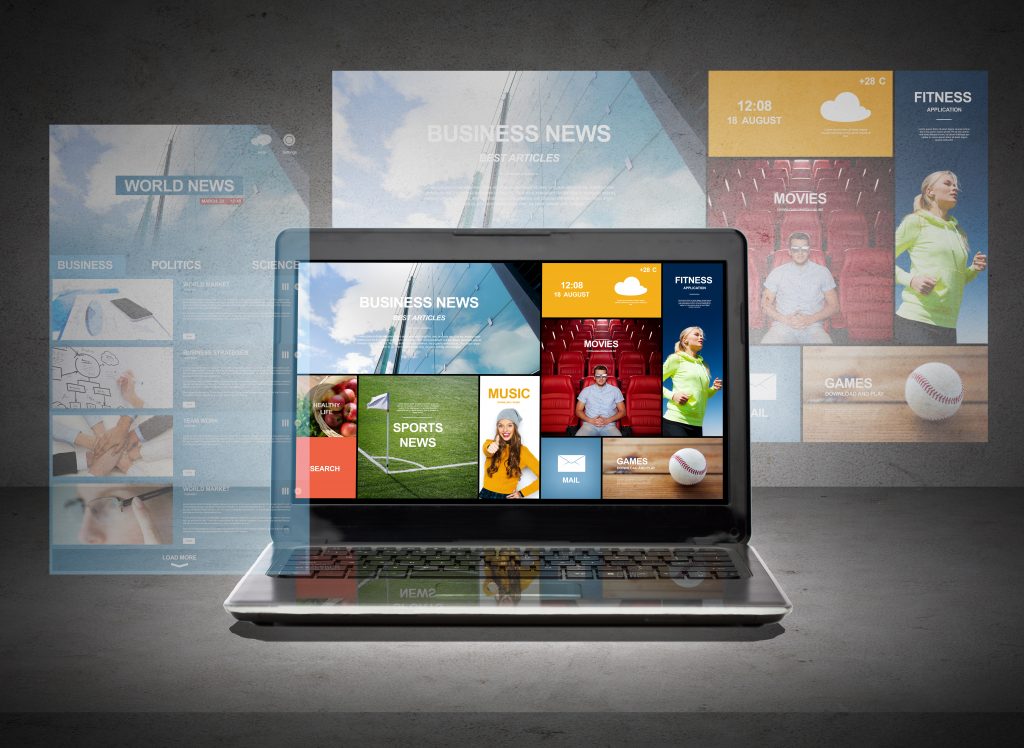Landing pages are a vital part of any B2B inbound strategy. Once you have your content, you can use landing pages to inform potential customers why they need it, and what they will gain from it. Promoting your content also gives you the unique opportunity to collect useful insights about your customers by including a form they must fill out in exchange for the content.
What are landing pages?
A landing page is a standalone webpage promotes an offer, usually a piece of content, with the aim of getting them to part with their contact details by completing a form.
After filling out a form the visitor is directed to a thank-you page; you guessed it… it’s a page that says thank you for filling out the form. The visitor will either be able to download the content from this page, or it can also be sent to them via email.
There is a common misconception that landing pages are time consuming and not worth the hassle, however with the marketing automation platforms that are available today, they can be easily created using templates and drag and drop features while still looking professional.
What makes a good landing page?
A successful landing page will be focused on achieving one goal, this could be for a visitor to fill out a form, complete a survey, access a free trial, or download a free content offer. Landing pages that tend to have the highest conversion rates, will be aimed at a specific target audience segment. This means that the content you are offering is relevant to the person it is aimed at and it should be something that the person will see value in.
Another tactic to consider when developing a form for a landing page is progressive profiling. This is a useful technique for gathering information about the people you are targeting. An example of this would be a person who is returning to your website having previously filled out a form on another landing page. You could ask that visitor a question they haven’t been asked before, for example what their biggest marketing challenge is.
Lastly, the value of the content that you are offering should be reflected in how much personal information you are asking for. If you are offering a marketing checklist for example, then you shouldn’t request much more information than a name and an email address. On the other hand, if you are offering an informative eBook then people might be more willing to give you a bit more information in the form fill. At the end of the day you are looking for conversions, so you need to present an offer that’s worth filling out the form for.
How to optimise B2B landing pages to increase conversions
Headline
– Have an interesting heading that showcases the value and tells prospects exactly what you are offering. The headline is the most critical component, remember that readers will scan landing pages, and therefore your headline shouldn’t be too long.
Limited navigation
– This means removing your usual navigation that sits at the top of your page such as the about us page/ contact us page. The goal is to get people to fill out the form and you don’t want to risk directing them somewhere else.
Images
– Landing pages should always have a compelling picture, as this gives visitors a better idea of what they will receive and make the page more visually appealing. Just make sure it’s relevant to your offer.
Social sharing links
– These links will enable visitors to share your landing page on social networks. This will grow the reach of your landing page to fans and followers.
A thank-you page
– As I mentioned earlier a landing page should be followed with a thank-you page which thanks and provides prospects of details for the next steps of receiving the offer. Thank you pages can also be used to promote additional related content, frequently in exchange for further information from the visitor.

